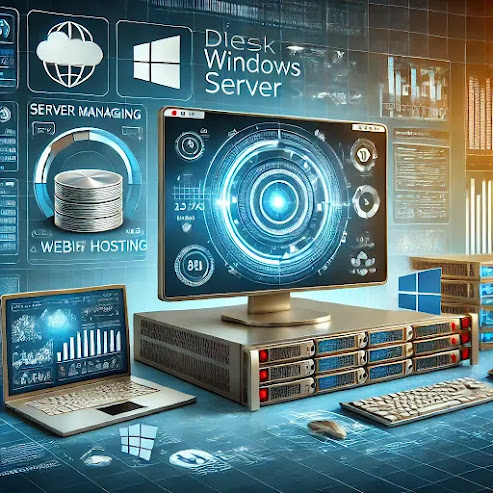How do I access the Control Panel of My Hosting?
Managing your website hosting effectively starts with knowing how to access the hosting control panel. The control panel is a centralized interface where you can manage files, databases, domains, email accounts, and other hosting configurations. Here’s a comprehensive guide to accessing and using the best hosting control panel efficiently.
What is a Hosting Control Panel?
A hosting control panel is a user-friendly interface provided by web hosting companies. It simplifies server management tasks, enabling users to handle technical aspects without needing deep expertise in server administration. Popular hosting control panels include cPanel, Plesk, and DirectAdmin.
Step-by-Step Guide to Accessing Your Hosting Control Panel
1. Locate Your Hosting Control Panel URL
Your hosting provider typically provides the URL for accessing your control panel in your welcome email. Commonly used URLs include:
For cPanel: http://yourdomain.com/cpanel or https://yourdomain.com:2083
For Plesk: http://yourdomain.com:8880 or https://yourdomain.com:8443
If you cannot find the URL, check your hosting provider's knowledge base or contact customer support.
2. Use Your Login Credentials
When purchasing hosting, you receive login credentials—usually a username and password. These are required to access your control panel.
Tips for Managing Login Credentials:
Always keep your credentials secure.
Use a password manager to store your login information.
Regularly update your password for added security.
3. Log in to the Control Panel
Once you have the URL and credentials, follow these steps:
Open a browser and enter the control panel URL.
Enter your username and password.
Click on the "Login" button.
Navigating the Hosting Control Panel
After logging in, you’ll find various tools and settings. Here’s what you need to know:
1. File Management
The file management section allows you to:
Upload and manage website files using the File Manager.
Create backups of your website.
Set up FTP accounts for transferring files.
2. Domain Management
Manage your domains, subdomains, and DNS settings directly within the control panel. Key tasks include:
Adding or removing subdomains.
Configuring DNS records like A, CNAME, and MX records.
3. Email Management
Set up and manage professional email accounts associated with your domain. Features include:
Creating email addresses (e.g., info@yourdomain.com).
Configuring email forwarding and autoresponders.
Accessing webmail for on-the-go communication.
4. Database Management
Hosting control panels provide access to database tools such as phpMyAdmin. Tasks include:
Creating new databases.
Managing database users and permissions.
Backing up or restoring databases.
Troubleshooting Common Login Issues
1. Forgotten Password
If you’ve forgotten your password, use the "Forgot Password" link on the login page. You’ll receive a password reset email. Follow the instructions to set a new password.
2. Account Lockouts
Multiple incorrect login attempts may lock your account. Contact your hosting provider to resolve this issue.
3. Browser Compatibility
Ensure your browser is updated to the latest version for compatibility with the control panel interface.
Best Practices for Secure Hosting Panel Access
Enable Two-Factor Authentication (2FA): Many hosting panels offer 2FA for added security.
Log Out After Each Session: Especially important when using public or shared computers.
Monitor Login Activity: Regularly check your login history to detect unauthorized access.
Advanced Features in Hosting Control Panels
Modern control panels offer a range of advanced features:
Application Installers: Tools like Softaculous make it easy to install applications such as WordPress, Joomla, and Magento.
Performance Monitoring: View server resource usage to ensure your website operates smoothly.
SSL Management: Install and renew SSL certificates to secure your site.
Conclusion
Accessing your hosting control panel is the gateway to managing every aspect of your web hosting environment. Whether you are a beginner or an experienced webmaster, understanding how to navigate the control panel ensures seamless website management. Take advantage of its features to optimize your hosting experience.


.png)

Comments
Post a Comment